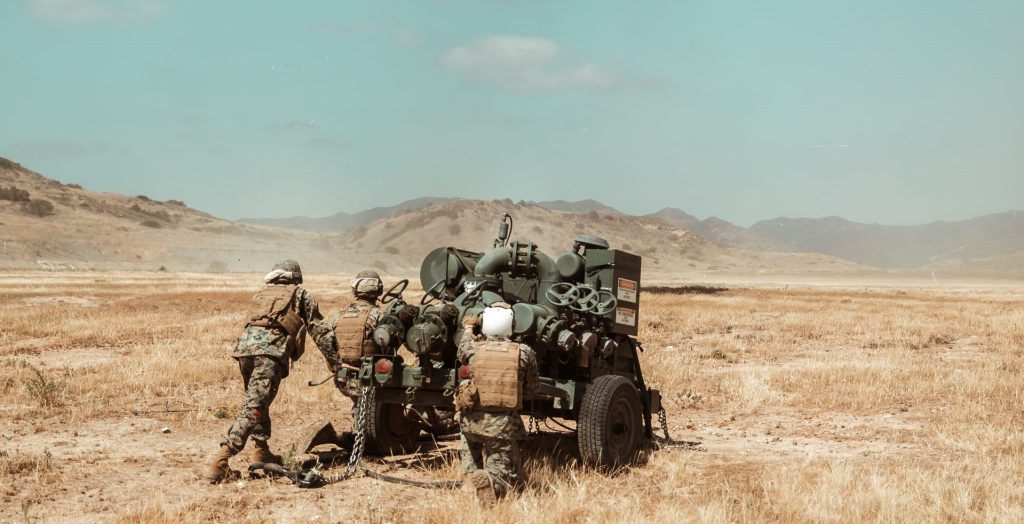Right of Bang
Think of a timeline. Set a goal to achieve, make a plan of how you will achieve the goal and then set your team to work to accomplish it. Unfortunately, along the timeline an event happens that derails the project. This unfavorable event is the bang in right of bang. Your team then spends precious time to figure out a work around or a solution to the issues, so they can proceed to reach the goal. Some events happen commonly enough that an organization can build SOPs, or standard operating procedures that offer guidance following these events to minimize damage. This approach is called Right of Bang. So why is Left of Bang the more widely recognized term?

Left of Bang
One brilliant analyst figured out that perspective is wrong. Instead of going to the right, or figuring out the right thing to do after something bad happens, look left. What can we do before an adverse event occurs? Left of Bang, or thinking through what to see and do to prevent deadly attacks is thinking that works in a business setting too. Instead of solving problems after they happen, think through common harmful events that might derail your project. You could then create standard operating procedures to prevent the types of project derailment that commonly ensue.
An Example Applying Left of Bang in Business
In this example your team is working to reach your goal by a certain deadline. In your experience and planning, you determined that you will need additional supplies to achieve your goal. You know freighters are delayed at the port, so instead of ordering the extra supplies from your regular off-shore source, you find a local or onshore source. Now you won’t need to worry about a ship being stuck offshore with it’s cargo of your supplies. You negotiate the price, which is why you went offshore in the first place, and get your supplies on time. More importantly, you head off delays that your team would experience without timely delivery of those supplies. The type of thinking that pre-empts attacks, or in this instance, pre-empts problems, is called Left of Bang.
Timing of Information
To fully implement Left of Bang applications in business, it is critical to understand that timing is everything. When you receive the information will impact how to use the information. In the earlier example, experience told us we would need certain additional supplies. News stories reported that imported goods will be delayed. The combination of timely information allowed Left of Bang planning. Sometimes, the timing of information is even more critical. For instance, someone is driving a car and looks down at their cell phone (NEVER DO THIS). Would it be better to look up before they rear end the semi in front of them, or after impact? When the information is received, changes what actions you need to take.
Learning to Recognize the Indicators
Marines learn to identify a threat before it is occurring (Left of Bang), as opposed to after it occurs (right of bang). In business, reports can reveal patterns in what has already occurred, not what is headed your way. There is an exception to this. If you learn to read the past patterns to determine indicators of future events, you might be able to avoid the worst challenges coming your way. You can condition yourself to recognize the indicators to use the information more effectively.
CommandReady trains leaders on discipline and achievement. By following a regimen dedicated to self-improvement and leadership development, you free up your mind to follow the workflow in various projects. With experience and discipline, you can learn to recognize project workflow indicators. This allows you to plan better around the disruptions. Open your mind to a new goal oriented perspective. Contact CommandReady for program information.


